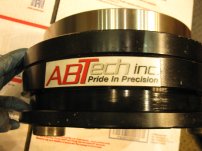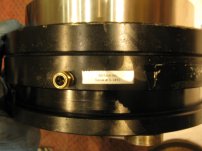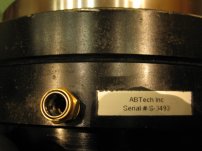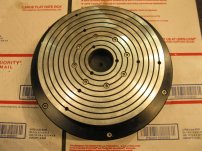Trying to design a measuring fixture for some of our products which are basically 5<10" ID x 10<16" OD rings. We need to rest each part flat on a fixture and spin it 1 full revolution while we measure the runout/flatness/parallelism(?) at the periphery on both top and bottom. Our goal for these is <0.001" max deviation and I would be measuring with some 0.0001" indicators, so the runout of the rotary fixture needs to be (at mimimum) just as tight as my measuring equipment.
The measuring function of the fixture is only part of the battle as we have 300 different parts and will need to make it universal/self centering, and preferably somewhat automated... so before I get too into the weeds I want to make a homebrew proof of concept, any ideas what to use for a precision turntable?
I've looked into air bearing spindles and such but they are quite expensive, thinking maybe a milling rotary table since they are easy to come by and operate, but I'm not sure how much runout they have IRL.
Any other ideas?
The measuring function of the fixture is only part of the battle as we have 300 different parts and will need to make it universal/self centering, and preferably somewhat automated... so before I get too into the weeds I want to make a homebrew proof of concept, any ideas what to use for a precision turntable?
I've looked into air bearing spindles and such but they are quite expensive, thinking maybe a milling rotary table since they are easy to come by and operate, but I'm not sure how much runout they have IRL.
Any other ideas?








